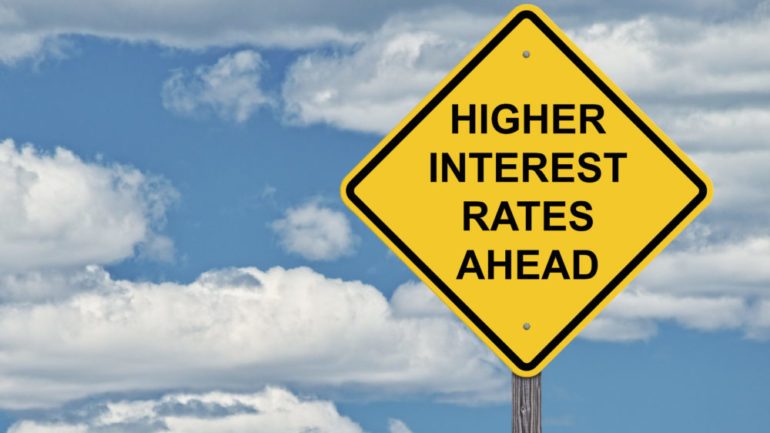When applying for a mortgage, one of the first decisions a buyer must make is whether to lock in an interest rate on a mortgage. It’s somewhat of a gamble, but can be less stressful by paying attention to financial trends.
How the process works. While shopping for homes, it’s also wise to shop for a mortgage lender. Rates will not vary dramatically, but you may find some differences, especially in fees.
Once you have a house sale contract, the lender will ask if you wish to lock in the current interest rate. Locking in a rate is an insurance policy against rising rates, but if rates later drop, you’ve missed an opportunity to save money. It’s a similar gamble when buyers decide against locking in. By allowing the interest rate to “float,” buyers risk the rate going up.
Typically a lock is for a certain period of time, usually thirty days.
Knowledge is power. Brush up on current trends in financial news, paying special attention to mortgage rate forecasts. Generally speaking, when the yield on U.S. Treasury debt obligations is rising and the Federal Reserve is raising the Federal Funds interest rate, then mortgage rates will be pushed higher. The reverse is true also.
Lock-in/float fees. Mortgage companies offer lock periods of 30 to 60 days but may charge a fee for lock-in periods longer than 30 days. The fee is often figured as a percentage of the loan amount. Many lenders also offer a “float down” option, allowing locked-in buyers to take advantage of a lower rate. Buyers also must pay a fee figured on a percentage of the loan amount to take advantage of this option.


